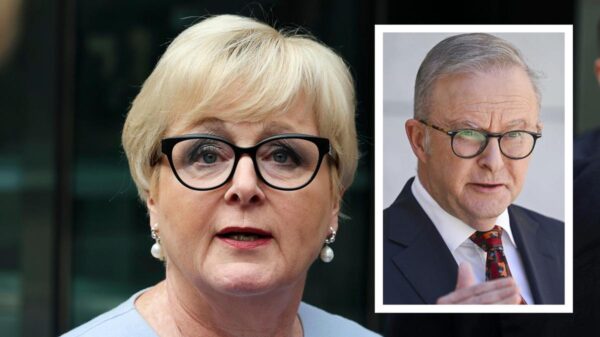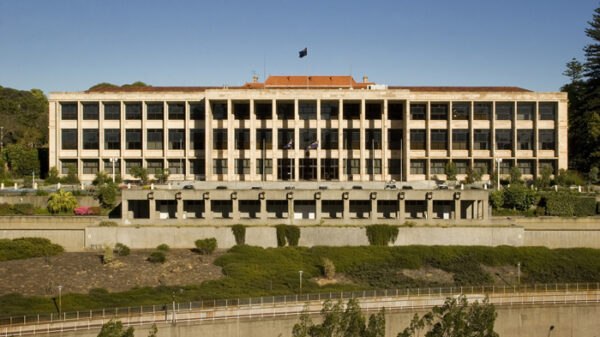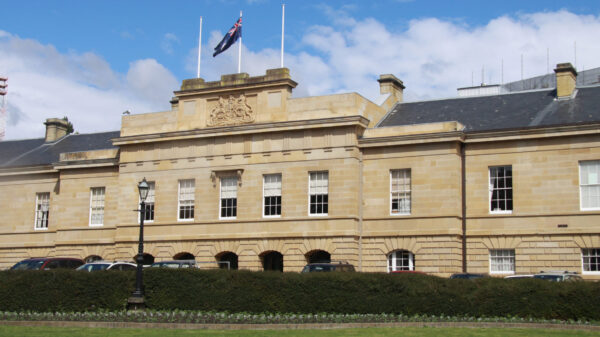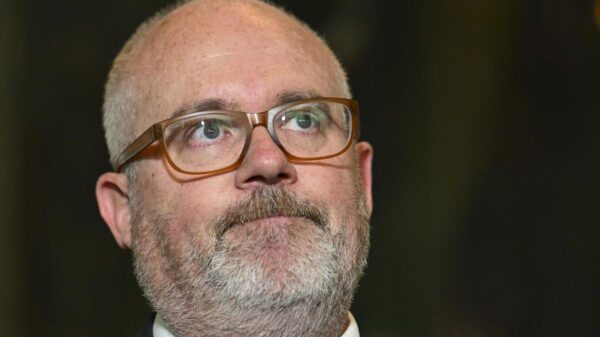Wage growth in Australia held steady at 3.4 percent for the year ending September 2023, according to the Australian Bureau of Statistics (ABS). This figure aligns with both economists’ expectations and those of the Reserve Bank of Australia (RBA). However, recent data suggests a slowdown in the momentum of the labor market, particularly in the private sector, which may help alleviate some of the RBA’s concerns regarding inflationary pressures.
The ABS reported that public sector wages experienced a robust increase of 3.8 percent, with state governments accounting for a significant portion of this growth. In fact, Michelle Marquardt, head of prices statistics at the ABS, noted that state government pay rises contributed 82 percent of public sector wage growth this quarter. In contrast, private sector wage growth decelerated from 3.4 percent to 3.2 percent, influenced by the Fair Work Commission’s decision in July to implement a 3.5 percent increase for minimum wage workers.
The healthcare and social assistance sector saw notable performance, with a wage increase of 1.5 percent over the quarter, while the overall market recorded a broader rise of 0.8 percent. Nevertheless, wage growth in private sector jobs under individual arrangements has indeed slowed, as pointed out by Jessie Cameron, senior associate economist at National Australia Bank (NAB). She stated, “At face value, the private sector outcome mitigates some fear around an overly tight labor market.”
Economic indicators, including employment surveys, indicate a slight deterioration in the overall labor market, according to My Bui, economist at AMP. She explained that private sector wages are crucial drivers of market services inflation, which translates to costs passed on to consumers. “Slower momentum in the private sector means that the outlook for this ‘sticky’ inflation category is down,” Bui stated.
While the current data may ease some immediate concerns, there remains a high threshold for rate cuts from the RBA, especially following a surprising inflation spike to 3.2 percent in the September quarter. This unexpected increase led traders to reduce expectations for any rate cuts in 2025 or 2026. Despite real wages growing for an eighth consecutive quarter, the rise in inflation has diminished the improvement in workers’ incomes from 1.3 percent to 0.2 percent.
Treasurer Jim Chalmers acknowledged the ongoing wage growth, stating, “This is now the longest period of consecutive annual real wage growth in almost a decade. This is an encouraging outcome that shows our policies to deliver higher wages for workers are paying off for hardworking Australians.” He emphasized that enterprise agreements remain a key source of wage growth, highlighting the importance of continued efforts to enhance bargaining.
In contrast, Andrew Bragg, the opposition housing spokesman, criticized the economy’s reliance on job growth from the non-market sector rather than the private sector. He pointed out that unemployment has risen since the government took office in May 2022, indicating fewer Australians are employed.
According to the ABS, a record 14,683,200 Australians were employed in October 2023, underscoring the ongoing shifts within the labor market. The latest wage data presents a complex picture, reflecting both progress and challenges as Australia navigates its economic landscape.


























































